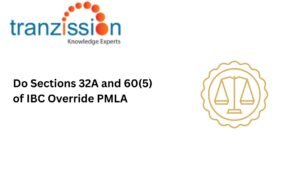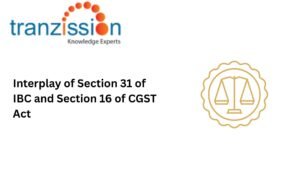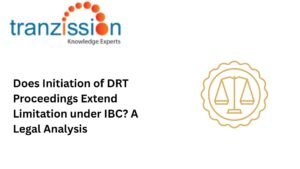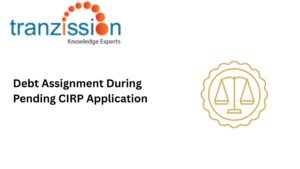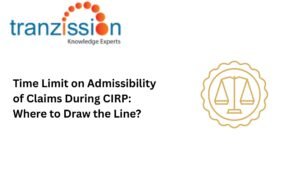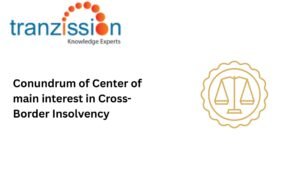
NCLT Journey from Admission to Withdrawal under IBC
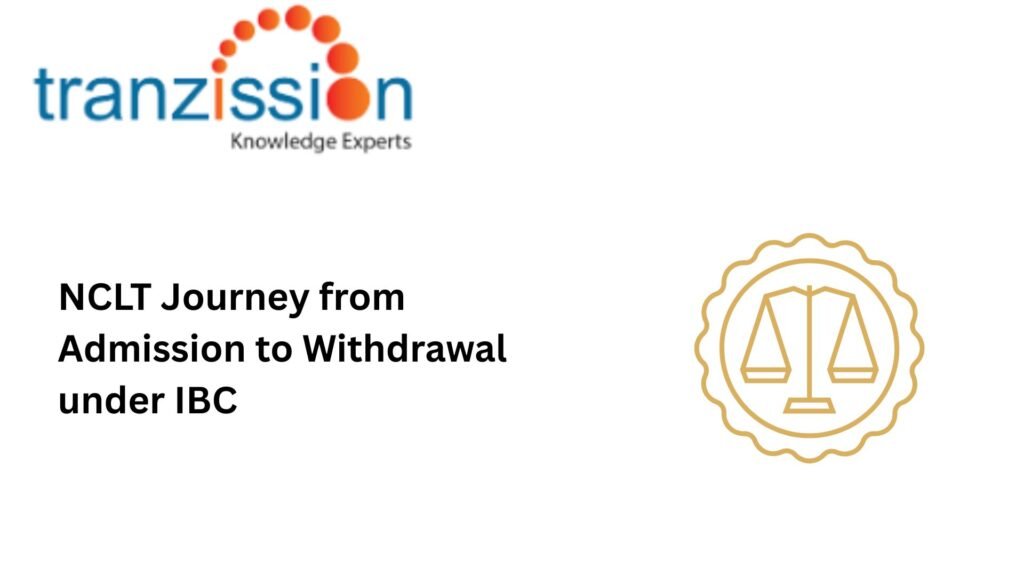
Table of Contents
To facilitate settlements and allow for the withdrawal of insolvency applications, even after they have been admitted, was introduced by the Insolvency and Bankruptcy (Second Amendment) Act, 2018. Under the Insolvency and Bankruptcy Code, 2016 (“the IBC”), admission to withdrawal is governed by Section 12A. The primary reason for this amendment was to address a gap in the IBC, which previously did not allow for the withdrawal of CIRP proceedings once initiated, even with the consent of all parties read about NCLT Journey from Admission to Withdrawal under IBC
Legal Framework of Section 12A
Section 12A of the IBC allows for the withdrawal of an insolvency resolution process, filed under sections 7, 9, or 10, after it has been admitted by the Adjudicating Authority, the National Company Law Tribunal (NCLT). This withdrawal can be initiated by the applicant through Form FA, but it requires the approval of 90% of the voting share of the Committee of Creditors (CoC). Regulation 30A of the Insolvency and Bankruptcy Board of India (Insolvency Resolution Process for Corporate Persons Regulations, 2016 (“the CIRP Regulations”) gives the procedure for withdrawing the application, which includes the applicant submitting the withdrawal application before the constitution of the committee, by the applicant through the interim resolution professional, after the constitution of the committee, through the interim resolution professional or the resolution professional along with the reasons justifying the withdrawal. This was a significant change in the insolvency process. Before Section 12A, only Rule 8 of the Insolvency and Bankruptcy (Application to Adjudicating Authority) Rules, 2016, provided for withdrawal of an insolvency application before its admission. However, there was no provision in the IBC on the aspect of whether an application after admission can be withdrawn or settled by the corporate debtor.
Read more : What is Form G in IBC – Invitation for Expression of Interest
Judicial Interpretations and Case Analyses
In Lokhandwala Kataria Construction Pvt. Ltd. v. Nisus Finance and Investment Managers LLP, the Supreme Court allowed withdrawal post-admission using its powers under Article 142 of the Constitution. This case is significant because it demonstrates that the insolvency process is not always irreversible and that parties can still reach a mutually agreeable resolution even after the commencement of insolvency proceedings. It also showcases the Supreme Court’s willingness to utilise its powers under Article 142 to achieve a just and equitable outcome. In the case of Swiss Ribbons Pvt. Ltd. v. Union of India, the Supreme Court upheld the constitutionality of section 12A and guides the interpretation and application of section 12A. The court reasoned that this provision, while giving the CoC significant power, is balanced by other provisions of the IBC, notably section 60, which allows the tribunal to override CoC decisions if they are found to be arbitrary or unfair. This case emphasised the importance of settlements in insolvency proceedings.
Challenges in Implementation
Implementing Section 12A of the IBC faces several challenges, such as:
Timing of Withdrawal Applications:
Because there is ambiguity when withdrawal applications are filed after admission but before the constitution of the CoC, as Section 12A requires 90% CoC approval. This gap necessitates judicial discretion or potential legislative amendments to address such situations.
Read more :
Post-CoC Approval Scenarios:
The CoC’s approval is crucial for any Admission to Withdrawal under IBC application post-admission, and hence, has a major role in ensuring that the process is fair and protects the interests of all stakeholders. In Jindal Stainless Ltd. v. Shailendra Ajmera, the NCLAT emphasized the importance of adhering to the IBC’s timelines and the CoC’s commercial wisdom, suggesting limited scope for withdrawal at this stage.
Practical Implications for Insolvency Professionals
Insolvency professionals need to be well-versed in the regulations and procedures governing withdrawals, and they must ensure that all stakeholders’ interests are adequately considered. They must assess the stage of CIRP to determine the feasibility of withdrawal under Section 12A and ensure the timely filing of Admission to Withdrawal under IBC applications to avoid procedural complications. To ensure that the objectives of the IBC are met, professionals need to engage with CoC members early to secure the requisite 90% approval for withdrawal and maintain transparent communication with all stakeholders to facilitate consensus.
Conclusion : Admission to Withdrawal under IBC
Section 12A provides insolvency professionals with a valuable tool for resolving insolvency disputes outside the full insolvency process. It, thus, offers potential benefits in terms of cost, time, and business preservation. However, practical challenges, especially concerning timing and procedural requirements, necessitate careful navigation by insolvency professionals

